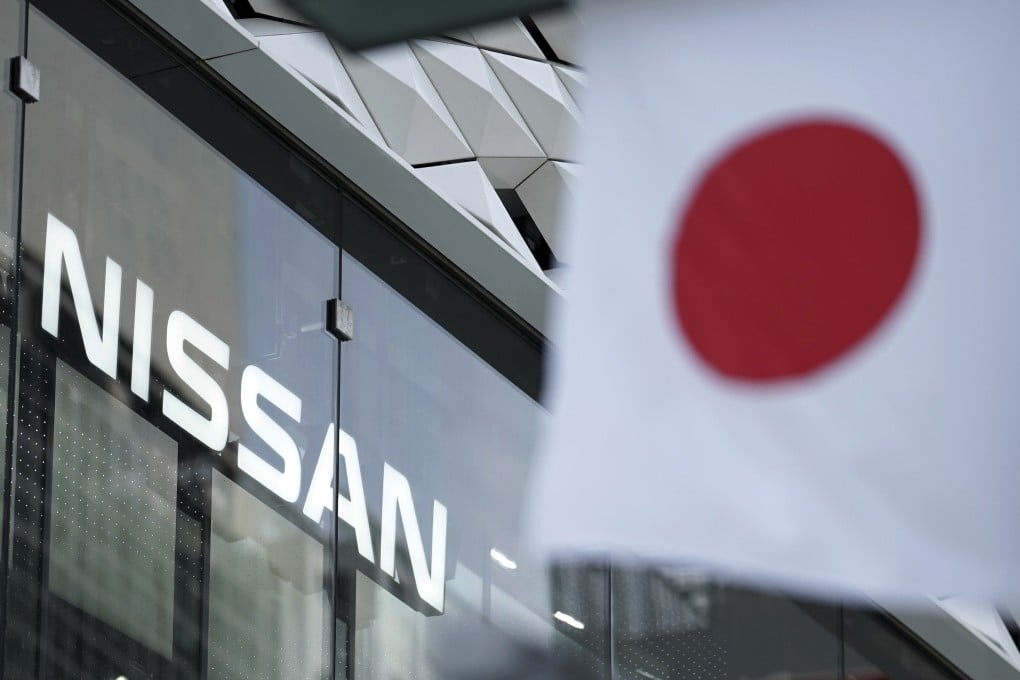In this article Follow your favorite stocks CREATE FREE ACCOUNT To get more personalized investment strategies, join us for our next "Fast Money" Live event on Thursday, June 5, at the Nasdaq in Times Square. Over President Donald Trump's first 100 days, the S&P 500 lost more than 7% while the tech-heavy Nasdaq Composite dropped 11%. On a sector basis, consumer staples is the biggest gainer in that time period, up 5% .
Consumer discretionary lost the most value, off 13%. We asked the " Fast Money " traders to share which market areas should see the most promise — and problems — over the next 100 days. No.

1: Karen Finerman Most promise: Big cap pharma. She's bullish because the group is "way oversold," and it's largely out of the tariff crossfire. Most problems: Container space.
It's likely seeing benefits right now from a big pull forward in demand. If the tariff fight takes a while to get resolved, expect to see fewer containers and a reduction in full containers overall, making for a "very sad income statement." Zoom In Icon Arrows pointing outwards No.
2: Tim Seymour Most promise: Semiconductors and international investing. In the case of semis, they're the "ultimate cyclicals" and should be a buying opportunity built off of beaten-down valuations. He predicts supply and demand dynamics will "rage again" in the year's second half.
Seymour is also bullish on international investing. His name for it: MIGA, an acronym for "Make International Great Again." He highlights Germany's DAX index outperforming the S&P 500 since late November.
According to Seymour, it's a trade that should still work over at least the next 100 days because tariffs are both a wake-up call and tailwind. He lists relative valuation attractiveness and " Magnificent Seven " exhaustion among other key upside drivers. The Mag 7 index, which is comprised of Apple , Nvidia , Meta Platforms , Amazon , Alphabet , Microsoft and Tesla, is down almost 16 % over President Trump's first 100 days.
Most problems: Companies exposed to consumer credit and discretionary spending. Seymour expects U.S.
consumers to tighten their belts due to high prices and a deteriorating jobs market. No. 3: Dan Nathan Most promise: "Cash will be king.
" Nathan sees little working. He notes defensive groups including utilities, consumer staples and U.S.
Treasurys , which historically benefit during economic distress, will eventually slump. According to Nathan, the headwinds produced by a tariff-induced recession will punish them. Most problems: Planes, trains and automobiles.
His base case scenario is a "protracted trade war" with China and possibly other key nations that will choke demand. Nathan advises consumers to "fasten their seatbelts for unexpected turbulence and bumps in the road. No.
4: Guy Adami Most promise: Retail. Most problems: Retail. He thinks retail is in an odd spot.
According to Adami, there's "no way to game this out, but they seemingly have the most at stake." He told "Fast Money" on Tuesday that the unemployment rate will likely surprise to the upside. "When you have an economy that's predicated on people having jobs and feeling good about things.
.. that becomes problematic," Adami told viewers.
"I think the market is still a little expensive here." Disclosure: Tim Seymour runs the Amplify CWP International Enhanced Dividend Income ETF . Disclaimer.
Business

Where the 'Fast Money' traders see the most promise — and problems — over President Trump's next 100 days

The "Fast Money" traders share their best and worst trades over President Trump's next 100 days.















